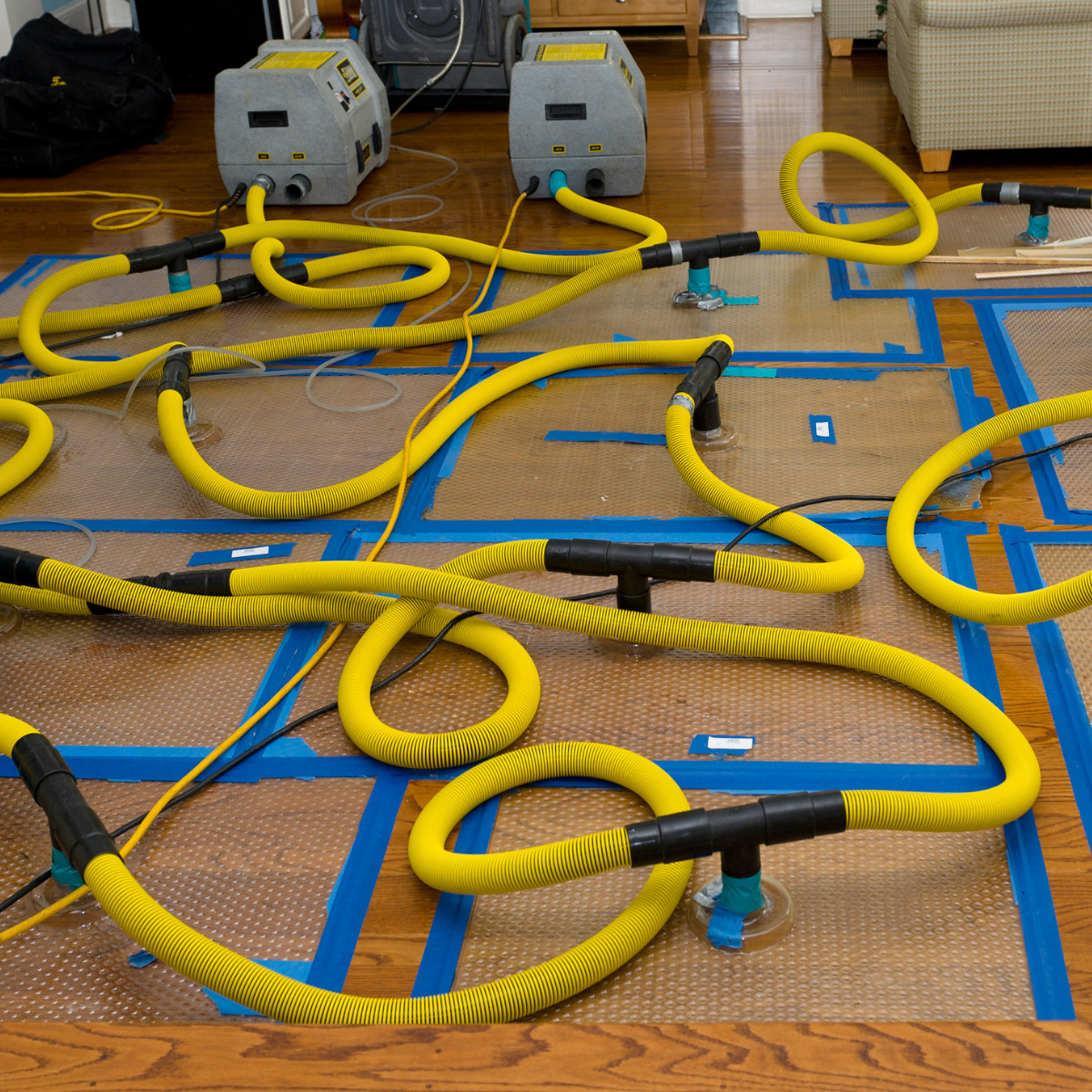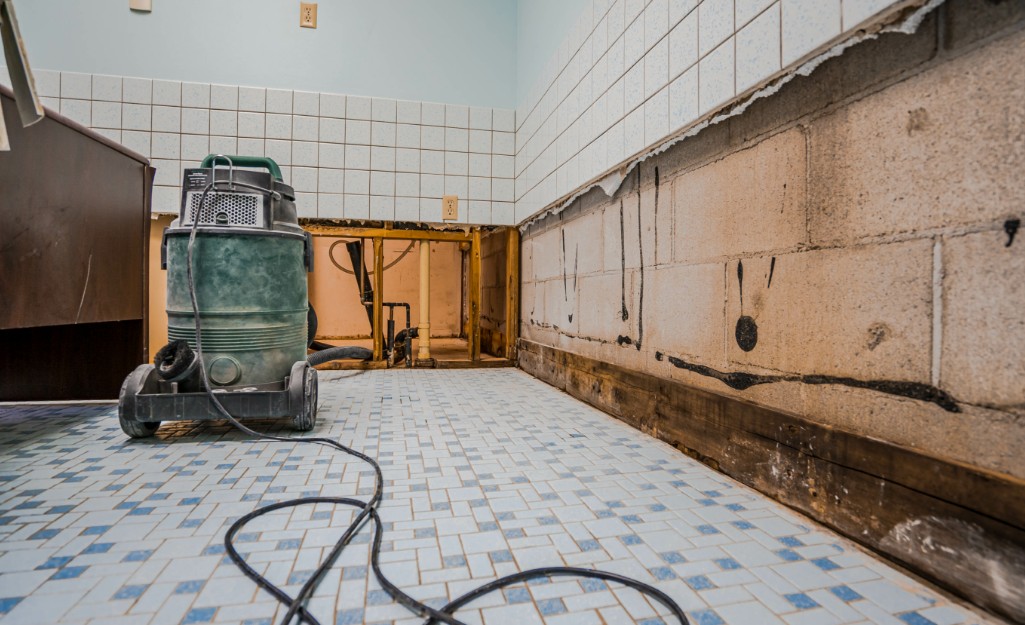Indicators that you need Water Damage Restoration immediately
Water Damage Restoration 101: Understanding the Process and Expense
Water damage can strike unexpectedly, leaving property owners in a state of complication. Recognizing the repair procedure is essential for reliable recuperation. From evaluating the damage to selecting the ideal solution provider, each step influences the overall outcome and cost. Factors such as the kind of water damage and seriousness additionally play a significant role. What are the specific techniques utilized in repair, and just how can one get ready for prospective expenses?
Sorts Of Water Damage
Water damage can emerge from different sources, each providing special difficulties for repair. The 3 key kinds of water damage are categorized based upon contamination degrees: clean water, grey water, and black water. Tidy water stems from resources like damaged pipes or rain, posing minimal health and wellness risks. Gray water, which includes wastewater from sinks or washing equipments, has pollutants that may trigger discomfort or disease if ingested. Black water, the most harmful category, originates from sewer or floodwaters, containing unsafe germs and pathogens. Each type requires specific repair strategies and precaution to properly resolve the damage and minimize health and wellness threats. Comprehending these distinctions is important for experts and homeowners associated with the water damage remediation process.
First Evaluation and Examination
A comprehensive preliminary analysis and evaluation are important actions in the water damage remediation procedure. This phase starts with a specialist assessing the extent of the damage, identifying the resource of the water invasion, and figuring out the sort of water involved - Flood Cleanup Services. Technicians utilize specific devices to determine dampness degrees in various products, such as wall surfaces, floorings, and furniture. Furthermore, they evaluate structural integrity and possible carcinogen, consisting of mold and mildew development. The findings from this assessment notify the remediation plan, directing necessary actions and source appropriation. Precise paperwork of the damage is necessary for insurance policy cases and future recommendation. In general, this initial analysis lays the foundation for efficient restoration, ensuring a thorough response to the details circumstance at hand

Water Extraction Techniques
Adhering to the initial evaluation, efficient water removal techniques are utilized to reduce damage and protect against more concerns. These methods involve the usage of customized equipment such as industrial-grade vacuums and submersible pumps. The selection of approach relies on the quantity of water existing and the kind of products influenced. For standing water, completely submersible pumps are typically used for rapid elimination, while vacuums are suitable for drawing out water from carpetings and upholstery. In addition, advanced techniques like water removal floor coverings might be used for hard-to-reach locations. The objective is to eliminate as much water as feasible, reducing the possibility for mold development and architectural damage. Prompt and reliable water extraction is crucial in the general water damage reconstruction process.
Drying and Dehumidification Process
As soon as the water removal is complete, the drying and dehumidification procedure comes to be important to recovering the affected area. This stage generally uses industrial-grade dehumidifiers and air movers to successfully decrease dampness levels. The dehumidifiers reel in wet air, getting rid of excess moisture, while air moving companies flow air to speed up dissipation. Monitoring devices is usually utilized to track humidity and temperature degrees, making sure perfect drying problems. The period of this procedure can vary depending on the degree of the water damage and ecological variables. It is important to extensively dry all impacted products, including walls, flooring, and home furnishings, to stop mold and mildew development and architectural damage. Correct implementation of this action is crucial for a successful remediation result.
Cleaning and Sanitizing Affected Areas

Initial Analysis and Inspection
Before starting any repair efforts, a complete first analysis and assessment of the influenced areas are important for effective cleansing and sterilizing. This process entails identifying the level of water damage, determining the source of the water intrusion, and evaluating the materials affected. Examiners typically try to find indicators of mold development, architectural integrity problems, and harmed possessions. The analysis additionally consists of checking moisture levels utilizing customized tools to guarantee no concealed water pockets remain, as these can bring about additional problems. Documenting the searchings for is necessary for intending the next steps in the remediation procedure. An in-depth first assessment enables remediation experts to create a targeted strategy for reliable cleansing and disinfecting, ultimately minimizing damage and health risks.
Cleansing Strategies and Products
Effective cleansing and disinfecting of water-damaged areas require a variety of items and methods tailored to the certain products impacted. For permeable surface areas like drywall and carpets, removal techniques are important to remove excess wetness, adhered to by deep cleansing with specialized cleaning agents. Non-porous materials such as ceramic tile or metal can be cleaned making use of commercial-grade cleaners that efficiently eliminate contaminants. Heavy steam cleaning is another effective method, especially for rugs and furniture, as it utilizes high temperatures to eliminate microorganisms and mold and mildew. Additionally, green products are significantly preferred for their safety and security and efficacy. Inevitably, choosing the appropriate cleansing techniques and products not just assures instant tidiness but additionally help in protecting against additional damage and carcinogen connected with water breach.
Sanitization and Disinfection Techniques
When resolving water damage, proper sanitization and disinfection methods are necessary to ensure the security and wellness of the afflicted environment. After initial cleansing, surface areas need to be treated with appropriate anti-bacterials to eliminate microorganisms, mold and mildew, and microorganisms that flourish in moist conditions. Usual methods consist of making use of EPA-approved chemical disinfectants, which can be used via splashing or wiping strategies. Additionally, ultraviolet (UV) light systems can successfully sanitize areas by reducing the effects of microorganisms without rough chemicals. The choice of technique frequently relies on the kind of materials impacted and the level of contamination. Ultimately, complete sanitization not just recovers a safe space but additionally aids avoid future health and wellness risks connected with remaining dampness and mold and mildew development.

Fixings and Restoration Options

Aspects Influencing Restoration Prices
The extent of water damage straight influences the restoration costs property owners can anticipate to incur. Variables such as the source of the water, the period of direct exposure, and the afflicted products substantially influence rates. As an example, tidy water damage from a broken pipeline is generally less costly to recover contrasted to damage triggered by sewer. In addition, the degree of contamination dictates the requirement for specialized cleaning and disposal solutions, even more boosting expenditures. Geographic place likewise plays a role, as regional labor prices and schedule of repair services can vary. The necessity of the reaction influences prices; quicker interventions typically lead to lower overall expenditures by avoiding more damage. Comprehending these elements is important for property owners when approximating restoration costs
The 3 key kinds of water damage are categorized based on contamination degrees: tidy water, grey water, and black water. A comprehensive initial evaluation and examination are crucial steps in the water damage restoration process. For standing water, submersible pumps are typically find out here made use of for fast elimination, while vacuum cleaners are optimal for removing water from rugs and furniture. The level of water damage straight influences the reconstruction sets you back house owners can anticipate to sustain. Tidy water damage from a broken pipe is normally much less costly to recover compared to damage created by sewage.